To provide you with the best experience, cookies are used on this site. Learn more

To provide you with the best experience, cookies are used on this site. Learn more


To build your own Itinerary, click  to add an item to your Itinerary basket.
to add an item to your Itinerary basket.
Already saved an Itinerary?

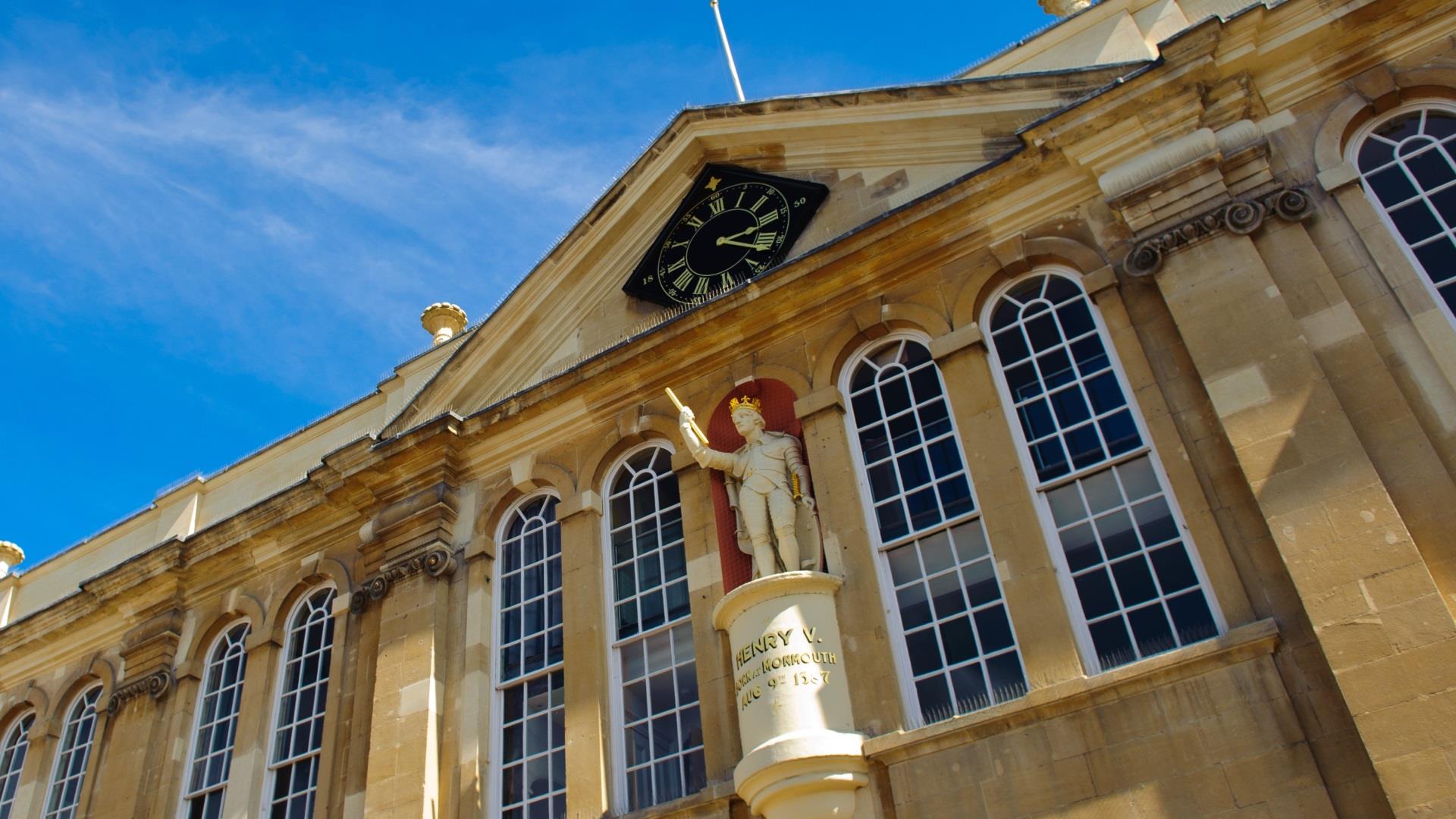
You are here: Inspire me > About Monmouthshire > Fit for a King
Monmouthshire has been rubbing shoulders with royalty for centuries. From the Romano-Welsh kings of old Gwent to Henry V's birthplace at Monmouth Castle, the county is full of royal connections. While local events are focused on the special bank holiday weekend, our royal connections are visible all year round and there are some pretty remarkable stories to be uncovered at sites across the county.
King Arthur
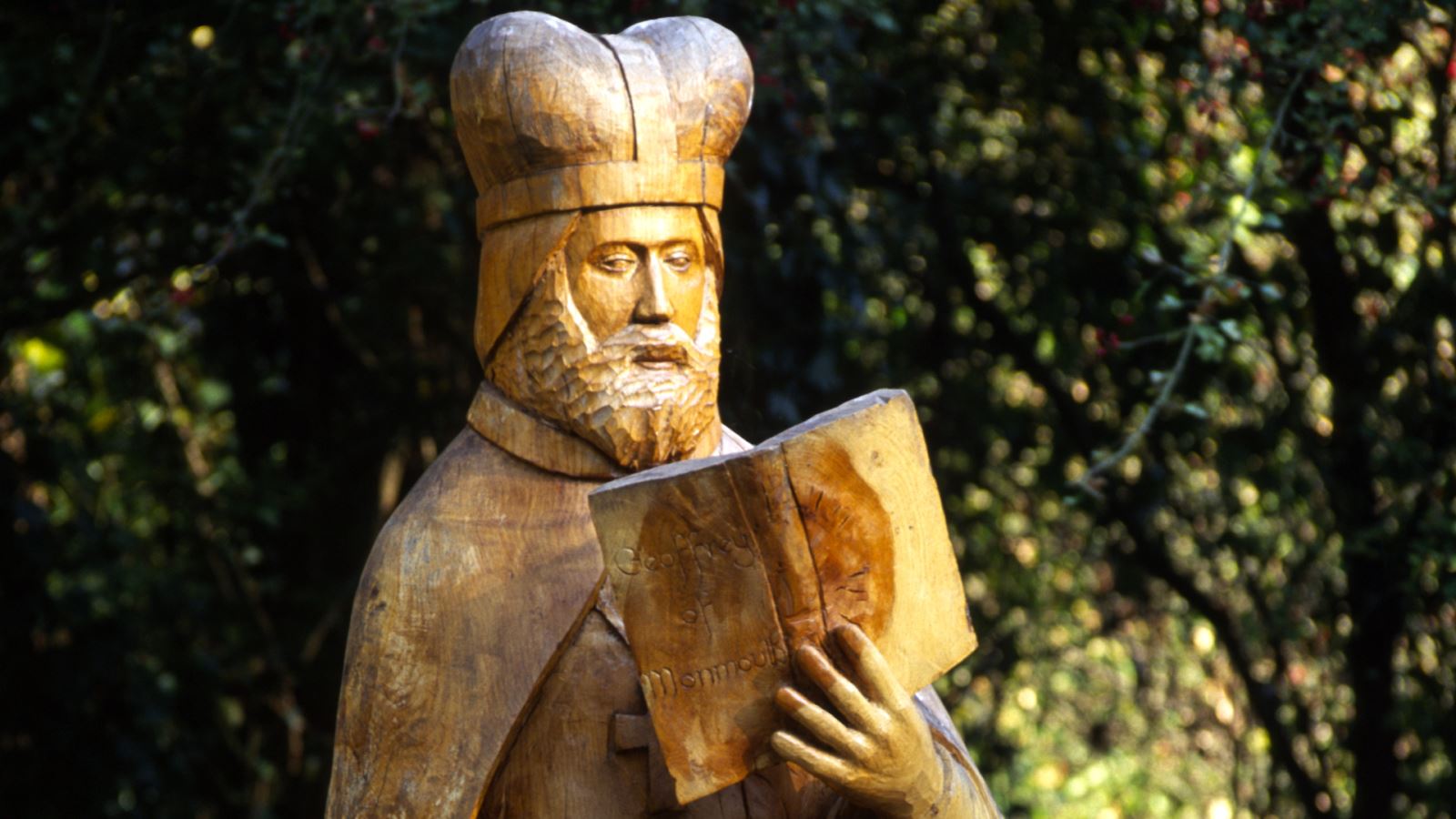
This legendary king of the Britons is associated most with Caerleon in neighbouring Newport, an old Roman fort whose impressive ruins form much of the basis for legends of Camelot. But it was Monmouthshire's own Geoffrey of Monmouth that we have to thank for the popularity of Arthur and his place in legend.
Read more about Geoffrey of Monmouth
King Tewdric (6th Century)
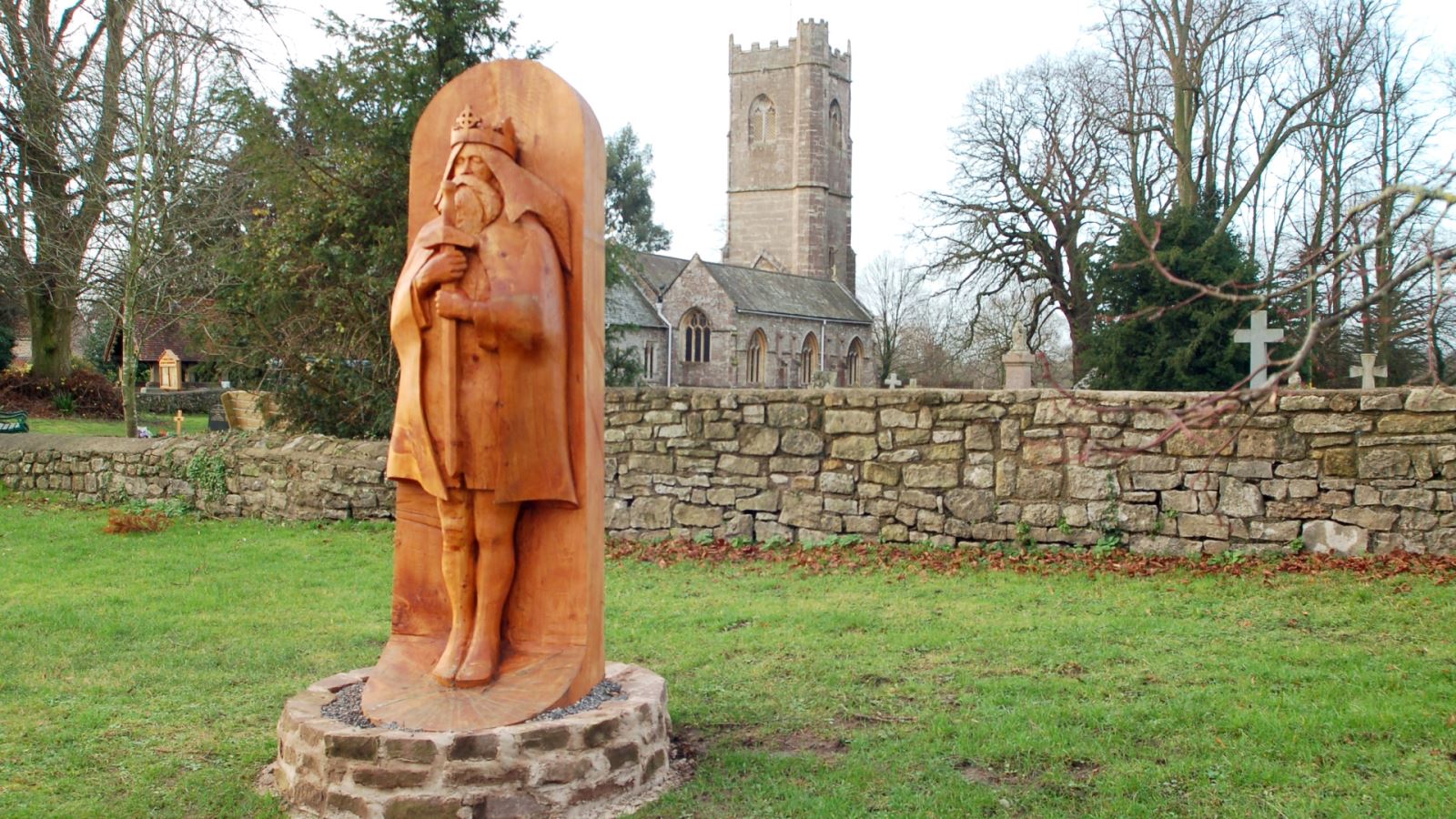
Tewdric (sometimes written as Tewdrig) was a King of Gwent who was fatally wounded while defeating the invading Saxons at Pont y Saeson, near Tintern. On his final journey, springs arose to bathe his wounds wherever he stopped. He died at a place now called Tewdrig’s Well in Mathern. Kingstone Brewery in Tintern has created an ale named Tewdric’s Tipple.
King Offa (8th Century)
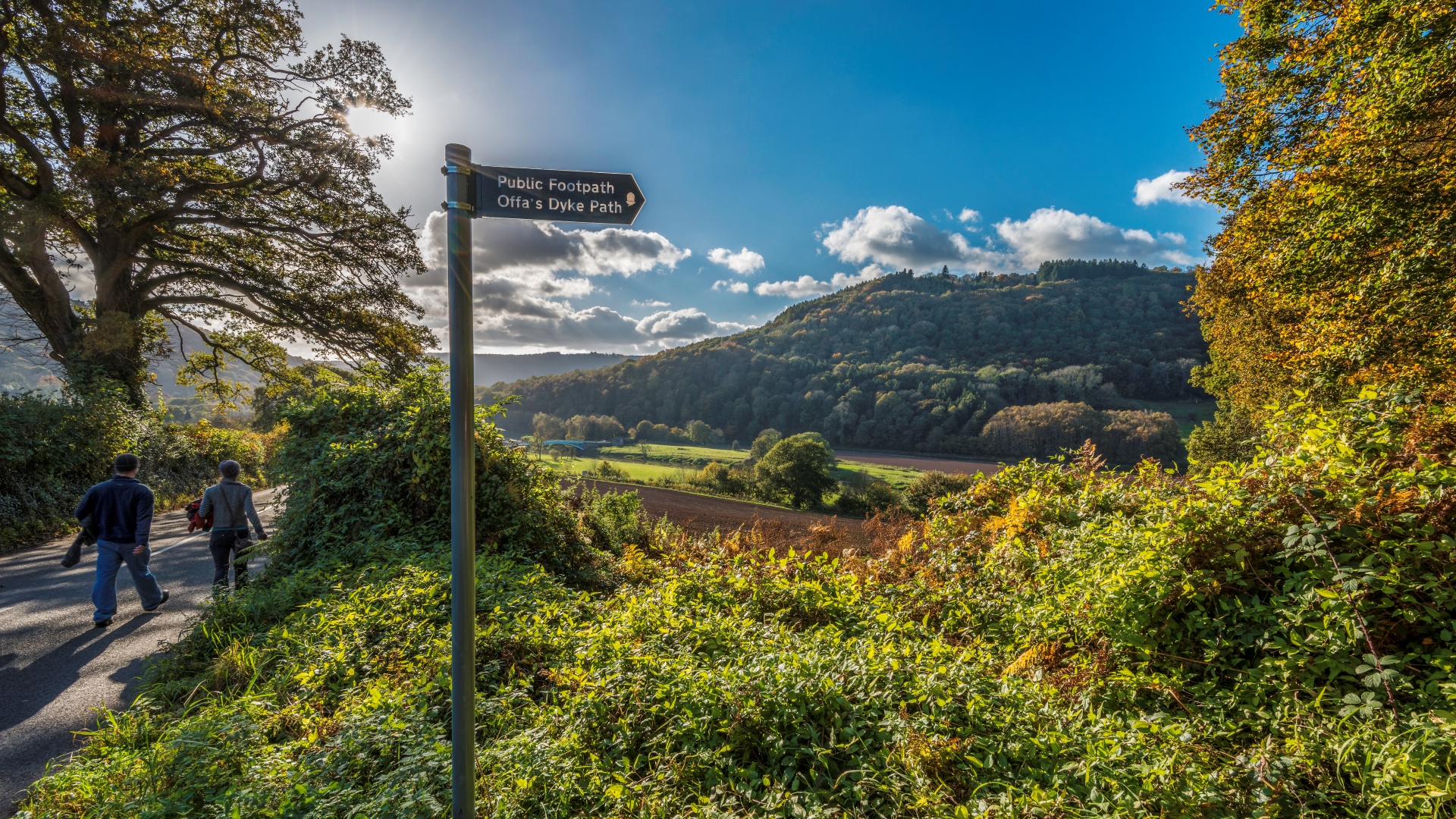
Offa, King of Mercia, was one of the leading figures in Saxon history, extending his influence to include most of England south of the Humber. After devastating invasions by the Welsh, Offa built a massive linear earthwork to define the boundary and defend his territory. Known as Offa’s Dyke, and still traceable for much of its length, it was originally about 27 metres wide and 8 metres high.
You can follow Offa's Dyke throughout Monmouthshire, taking you up the Wye Valley from Chepstow to Monmouth, then across the county towards Abergavenny before heading up into the Black Mountains.
Walk the Offa's Dyke Path National Trail
Find a statue of King Offa at the Old Station, Tintern
Eleanor of Provence (1223 - 1291)
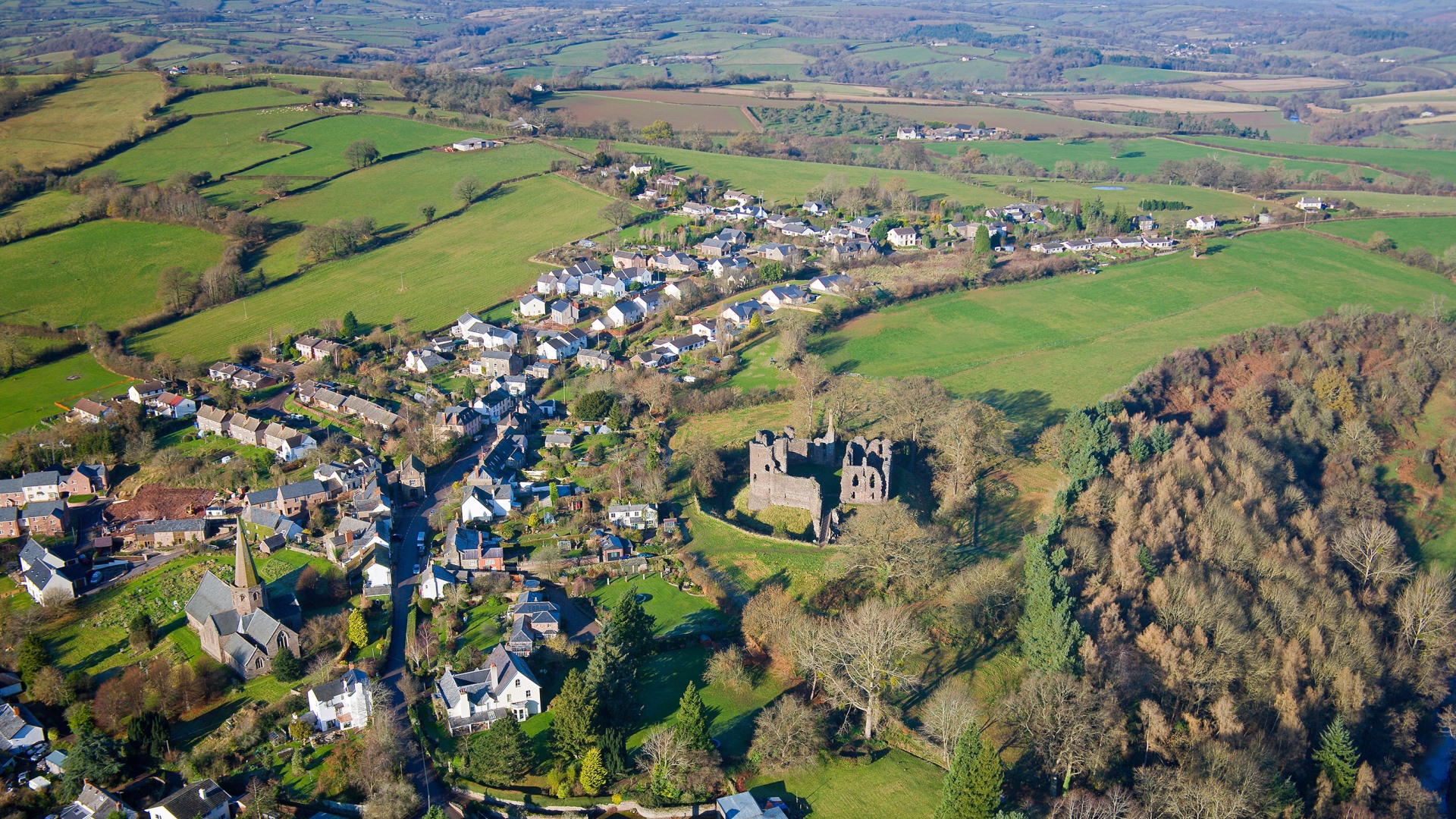
Younger sister of the Queen of France, Eleanor married King Henry III of England and had nine children including Edward I, the great castle builder. Her influence, and that of French architects, can be seen at Grosmont Castle (with Eleanor’s chimney) and St Nicholas’ Church (with its Eleanor chapel).
Her great-grandson Henry of Grosmont (descended from Edward I's younger brother) was born at Grosmont Castle. He became the wealthiest and most powerful peer in England during the reign of his second cousin Edward III, and was the second knight of the Order of the Garter (after Edward, the Black Prince).
Visit the Church of St. Nicholas in Grosmont
Henry V (1386-1422)
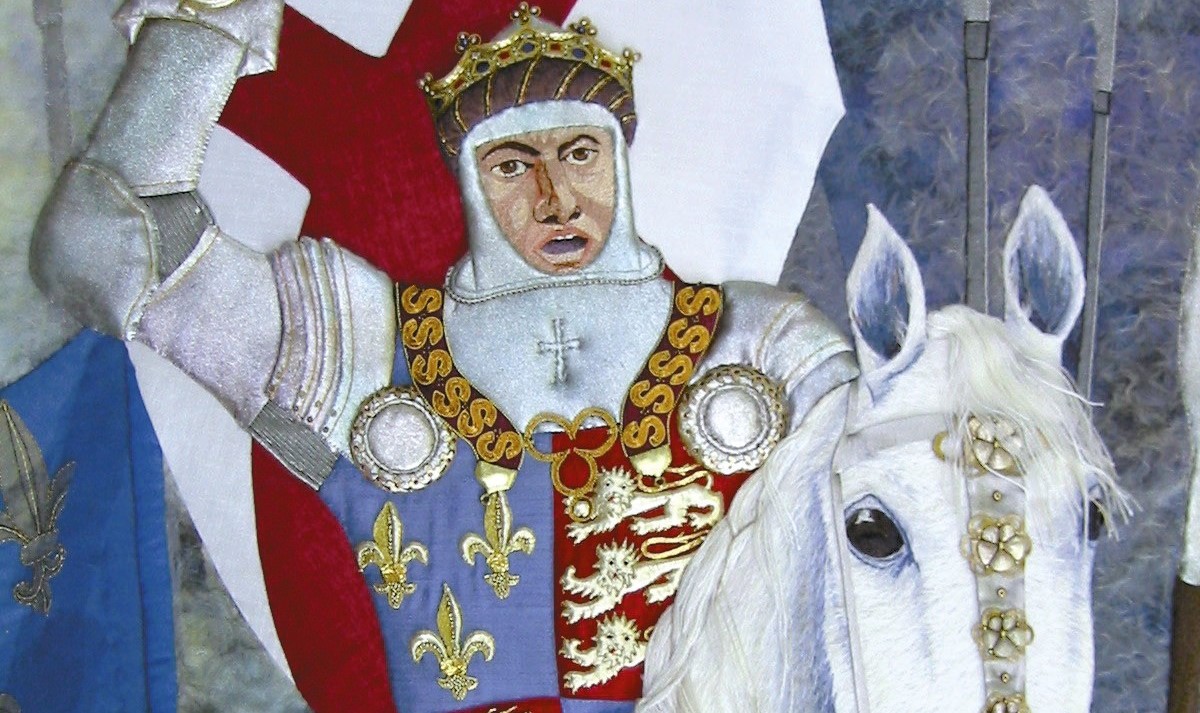
Our most obvious royal connection is Henry V. We even have a statue of him outside Monmouth's Shire Hall! Henry was born in Monmouth Castle in 1386, and for that reason was often known as 'Henry of Monmouth', with cultural depictions linking him with Wales (such as in Shakespeare) :
A nod to Monmouthshire in Shakespeare's Henry V Act 4, Scene 7
FLUELLEN Your majesty says very true: if your majesties is remembered of it, the Welshmen did good service in a garden where leeks did grow, wearing leeks in their Monmouth caps; which your majesty know, to this hour is an honorable badge of the service; and I do believe your majesty takes no scorn to wear the leek upon Saint Davy's day.
KING HENRY V I wear it for a memorable honour; For I am Welsh, you know, good countryman.
FLUELLEN All the water in Wye cannot wash your majesty's Welsh plood out of your pody, I can tell you that: God pless it and preserve it, as long as it pleases his grace, and his majesty too!
KING HENRY V Thanks, good my countryman.
His statue (above the entrance to the Shire Hall Museum) overlooks the appropriately named Agincourt Square, and you can trace the path of his Welsh longbowmen on the Agincourt Trail
Set off on the Agincourt Trail
View the Henry V tapestry at Shire Hall Museum
Henry VII (1457-1509)
.jpg)
Henry Tudor spent his childhood at Raglan Castle, in the custody of William Herbert, a leading Yorkist who was trying to curb the influence of the Lancastrian Tudor family.
Charles I (1600-1649)
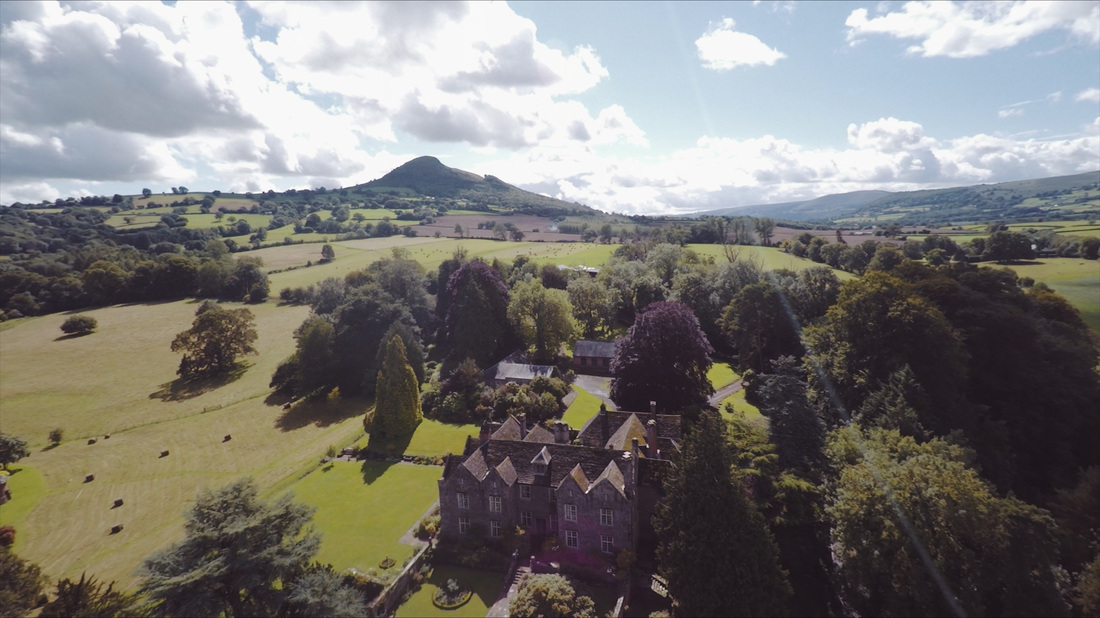
Charles reputedly used 15th century Llanvihangel Court, near Abergavenny, as a hideaway during the Civil War. The house opens for a short period each summer; it has fine wood panelling, plaster ceilings and a magnificent staircase, and outside there are splendid landscaped gardens.
After the battle of Naseby in 1645 he visited Raglan Castle, and during a trip the following year he reputedly played bowls on the castle's green. He also reputedly visited the King's Head in Monmouth.

